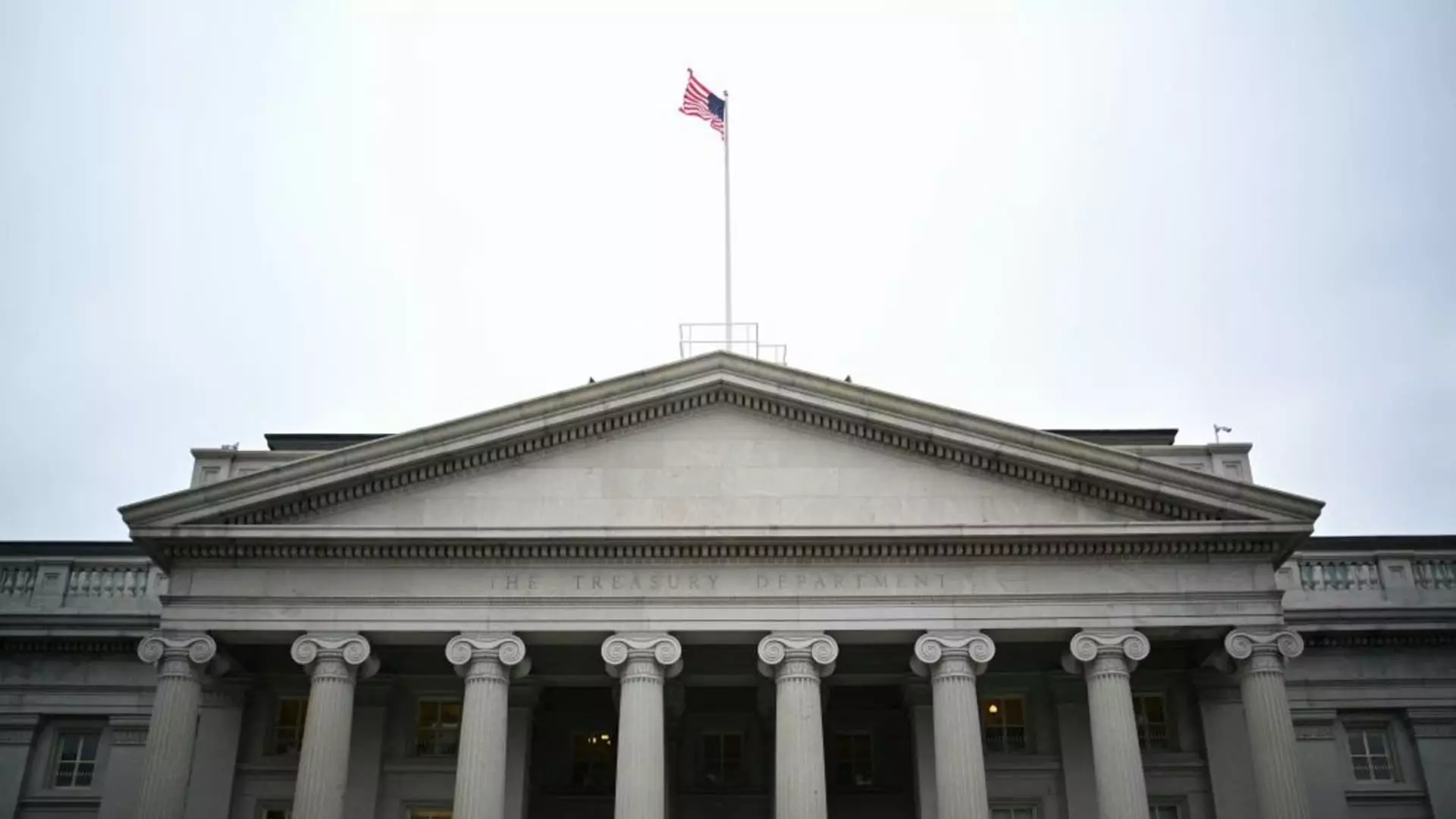The recent announcement from the U.S. Department of the Treasury regarding the updated Series I bond rates marks yet another chapter in the ongoing narrative of inflation-linked investments. Beginning November 1 and lasting until April 30, 2025, the new annual interest rate for newly purchased I bonds stands at 3.11%. This rate represents a decrease from the previous yields of 4.28% and 5.27%, showcased in prior months, which naturally raises questions among investors looking for safe havens for their capital.
The new I bond rate comprises a variable segment of 1.90% coupled with a fixed rate of 1.20%. This is a noticeable contraction from the fixed rate of 1.3% that was previously announced in May. While the drop in yield will inevitably deter some investors, particularly those who anchored their investments on the record highs of 9.62% seen in May 2022, financial experts still highlight the allure of the fixed-rate portion. For certain long-term investors, it remains a preferred option in an uncertain economic environment, offering predictability amidst fluctuating market conditions.
The Series I bonds are designed to be a hedge against inflation, and the rates are recalibrated every May and November. This dual-rate structure combines a variable element influenced by inflation and a stable fixed component, creating what is known as the composite rate. The variable rate remains unchanged for six months post-purchase, irrespective of subsequent updates from the Treasury, providing some assurance amid otherwise volatile economic indicators.
For current bondholders, familiarity with the rate change timeline is crucial. Should you purchase I bonds, the adjustment for the variable rate occurs after six months based on the initial purchase month. For example, a bond bought in September would see its interest rate shift in March to align with the newly announced rates. Such structured timelines can act as a valuable roadmap for investors looking to manage and predict their returns effectively.
Considering the changing dynamics, prospective investors should evaluate their strategies before committing to I bonds. The reduced rates necessitate a reconsideration of risk tolerance and investment goals. Investors who require immediate high yields may need to evaluate alternative assets, while those focused on long-term preservation of capital may still find value in the I bonds, particularly given their tax advantages.
While the new Series I bond rates may ignite a flame of caution among investors, understanding the underlying mechanics and potential advantages of this investment vehicle can aid in navigating the evolving financial landscape. With interest rates fluctuating and inflation remaining a pivotal concern, informed decisions will continue to be paramount in securing one’s financial future.

